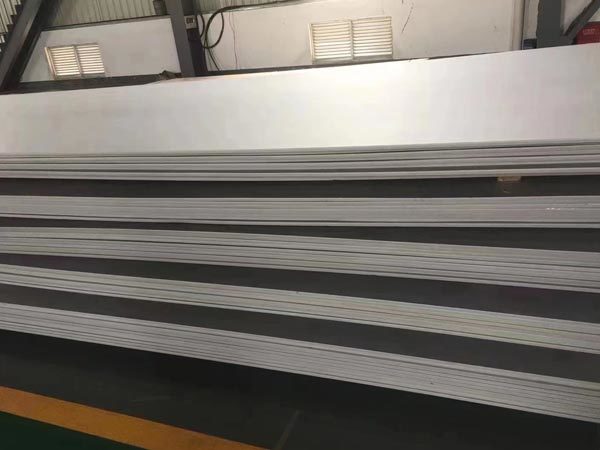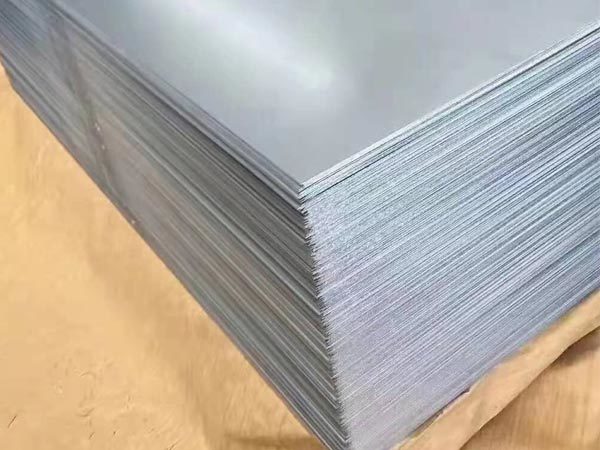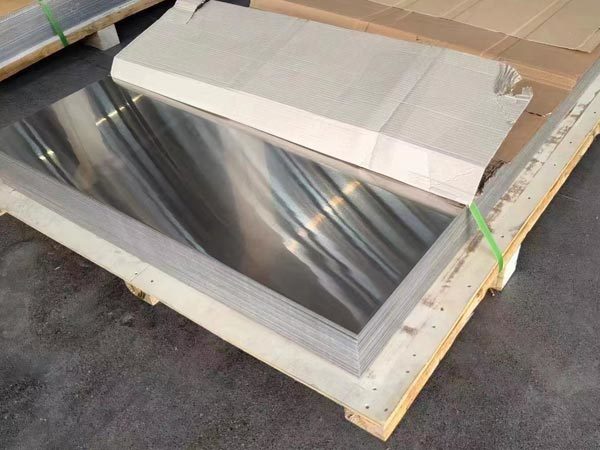PRODUCT CENTER
Nickel 200 (N6) has excellent corrosion resistance, high electrical vacuum performance and electromagnetic viewing performance, and is widely used in chemical, mechanical and electronic, food and other fields. Pure nickel has excellent welding performance and processing performance, and can be processed into pipe, rod, wire, strip, and foil products. It is one of the most widely used materials in industry. It has good mechanical properties and excellent corrosion resistance in many corrosion-resistant environments, especially caustic soda corrosion.
Nickel 200 (N6) is a commercially processed pure nickel that is effective against corrosion in a variety of chemical environments. It can also be used under oxidizing conditions to passively form an oxide film, making it extremely resistant to alkali metal corrosion. Nickel 200 (N6) is limited to use below 315°C, because the increase in temperature will cause graphitization, which will seriously damage its quality. In this case, Nickel 201 is required. It has a high Curie temperature and good magnetic properties. And its thermal conductivity and electrical conductivity are higher than nickel alloys.
N5 is a commercially pure wrought nickel alloy with excellent mechanical properties and outstanding resistance to many corrosive environments. It exhibits high thermal and electrical conductivity, making it suitable for various applications in industries such as chemical processing, electronics, and marine engineering. With its low gas content and good thermal stability, N5 is often chosen for components operating at elevated temperatures and high pressures. Its versatility, along with its exceptional resistance to corrosion and oxidation, makes it a preferred material for manufacturing heat exchangers, reaction vessels, and other critical equipment in aggressive environments.
Nickel 201 is a low carbon version of Nickel 200. Due to its lower carbon content, Nickel 201 is less susceptible to embrittlement due to intergranular precipitation of carbon or graphite if exposed to temperatures of 315 - 760°C without prolonged contact with carbonaceous materials. Therefore, nickel 200 can be replaced in an environment higher than 315 °C. However, it is cleaved by sulfur-containing compounds at 315 °C, which can be counteracted by converting it into sulfate with sodium peroxide.







